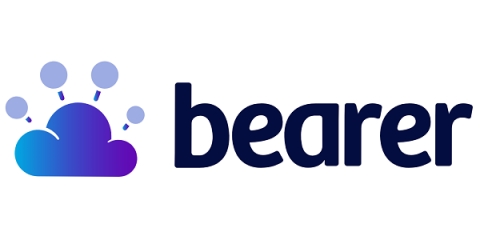What the CPRA Means for the CCPA
In the fall of 2020, voters in California approved the California Privacy Rights Act (CPRA). Touted as California Consumer Protection Act (CCPA) 2.0, the CPRA is more an addendum and expansion of CCPA rather than an entirely new law. Think of it as an update that fixes unclear parts of the previous law and adds new systems to better handle the existence of the law itself. As there are a few “breaking changes”, the 2.0 moniker is pretty apt for those in the software world.




